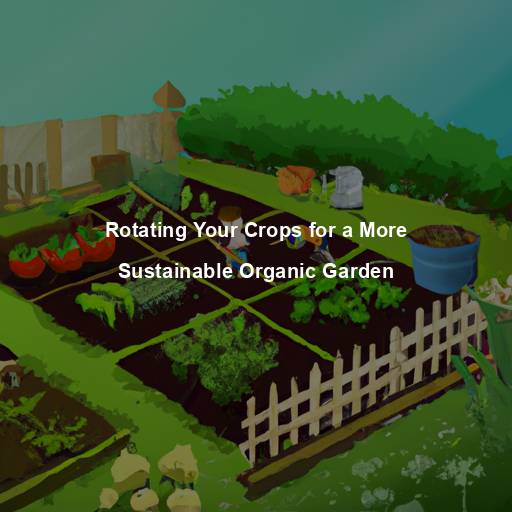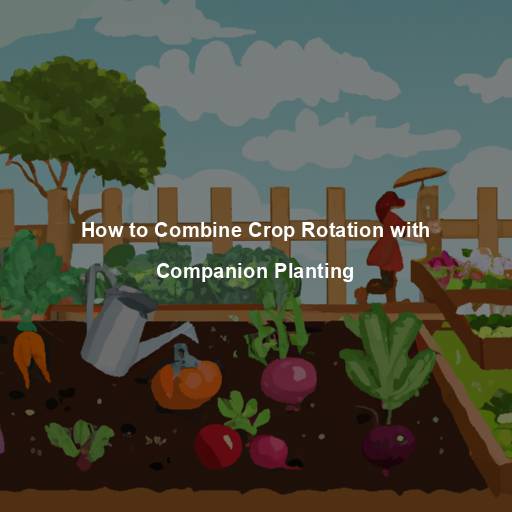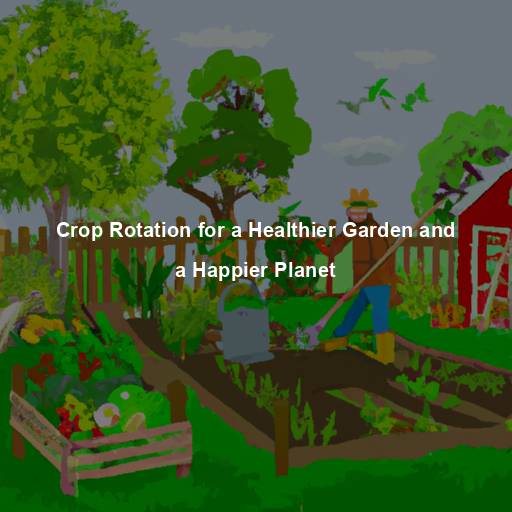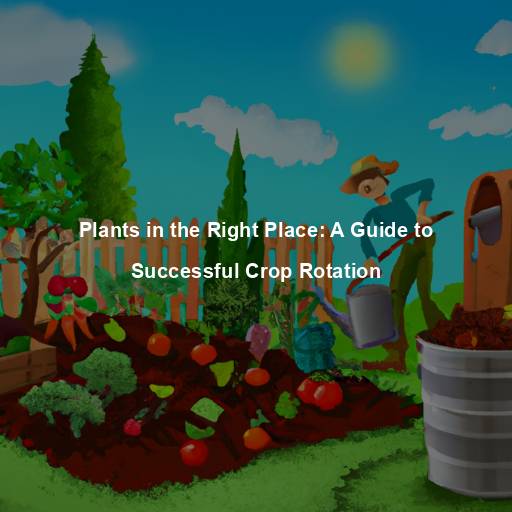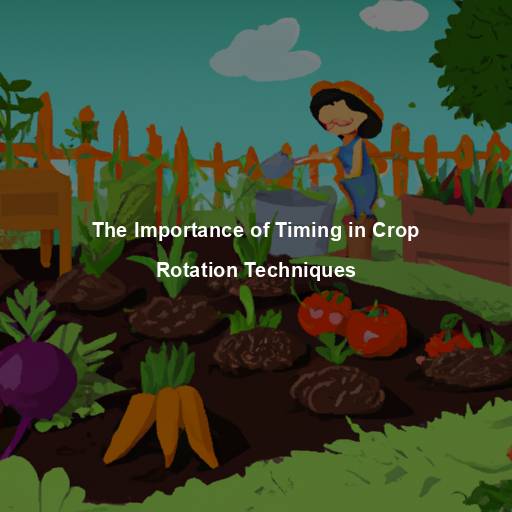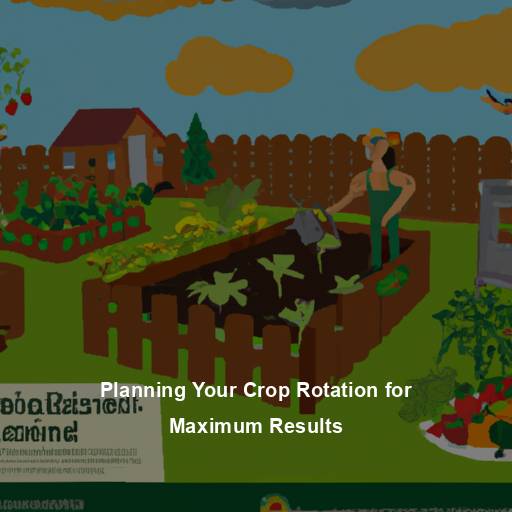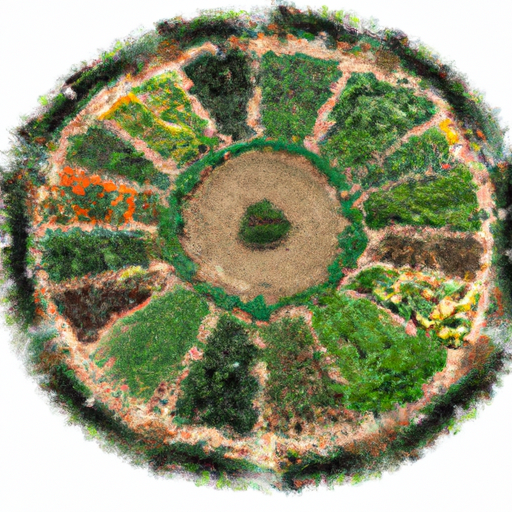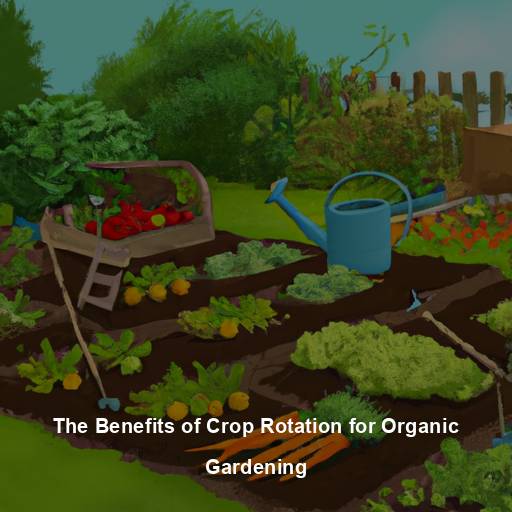Rotating Your Crops for a More Sustainable Organic Garden
Crop rotation is an essential practice for maintaining a sustainable and organic garden. By planting different crops each season, you can prevent pest and disease buildup while replenishing nutrients in the soil. This practice has been used for centuries to increase yields and promote soil health. Crop rotation reduces the need for chemicals and ensures the productivity of gardens for years to come. It is crucial for maintaining soil health, breaking up pest and disease cycles, and replenishing nutrients in the soil. By incorporating crop rotation, composting, and natural pest control methods, you can create a more sustainable and healthy garden environment.
